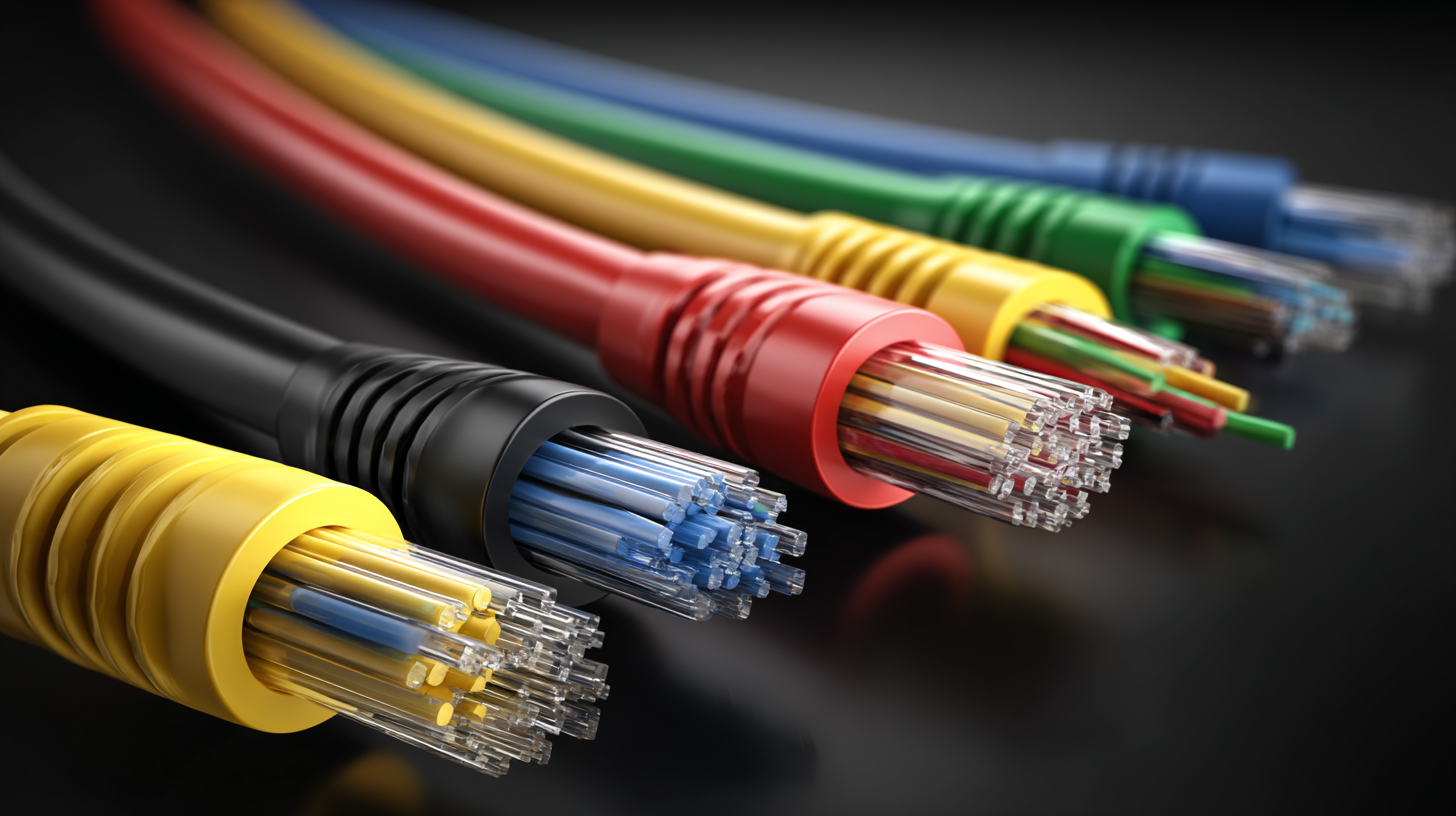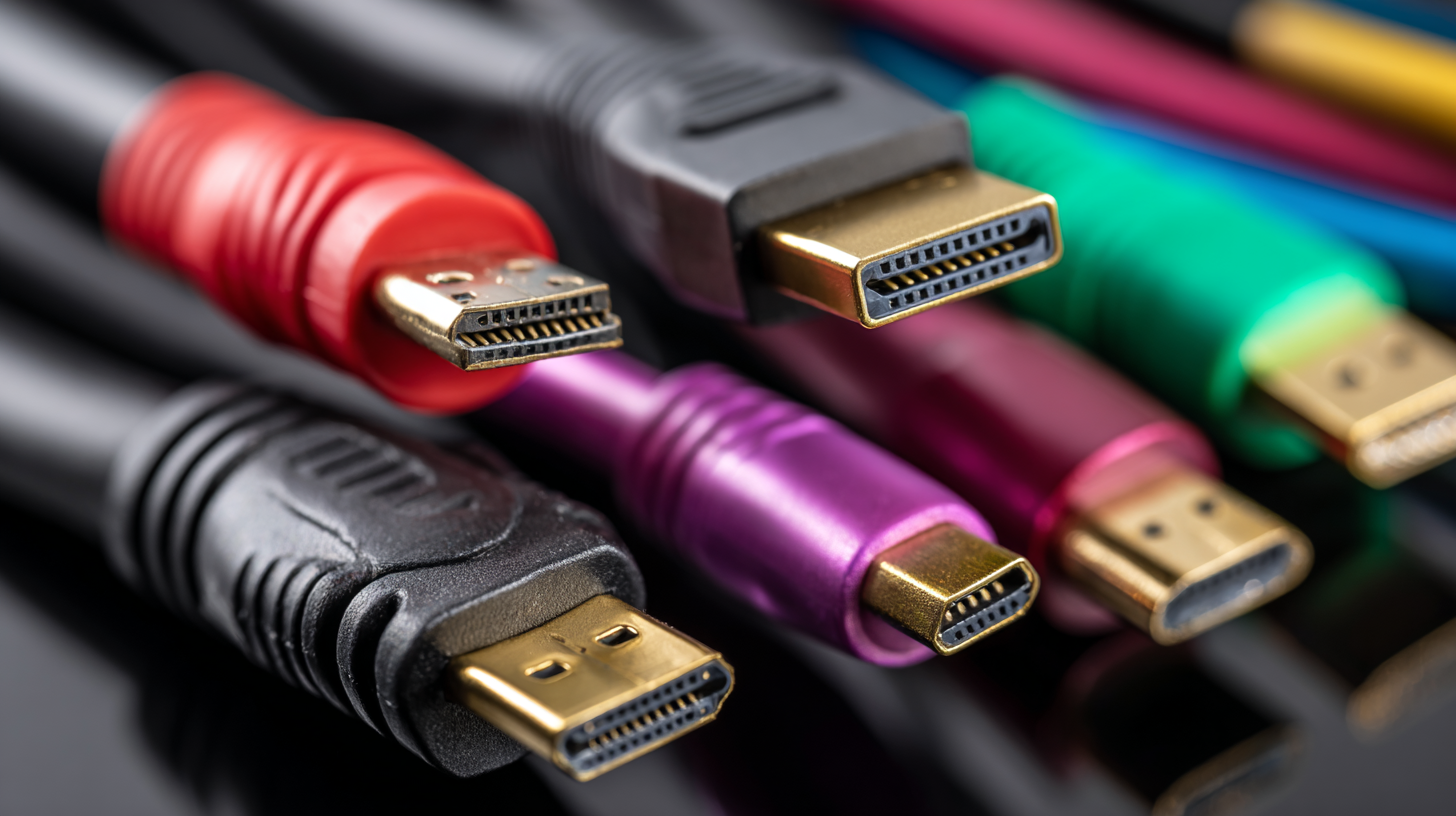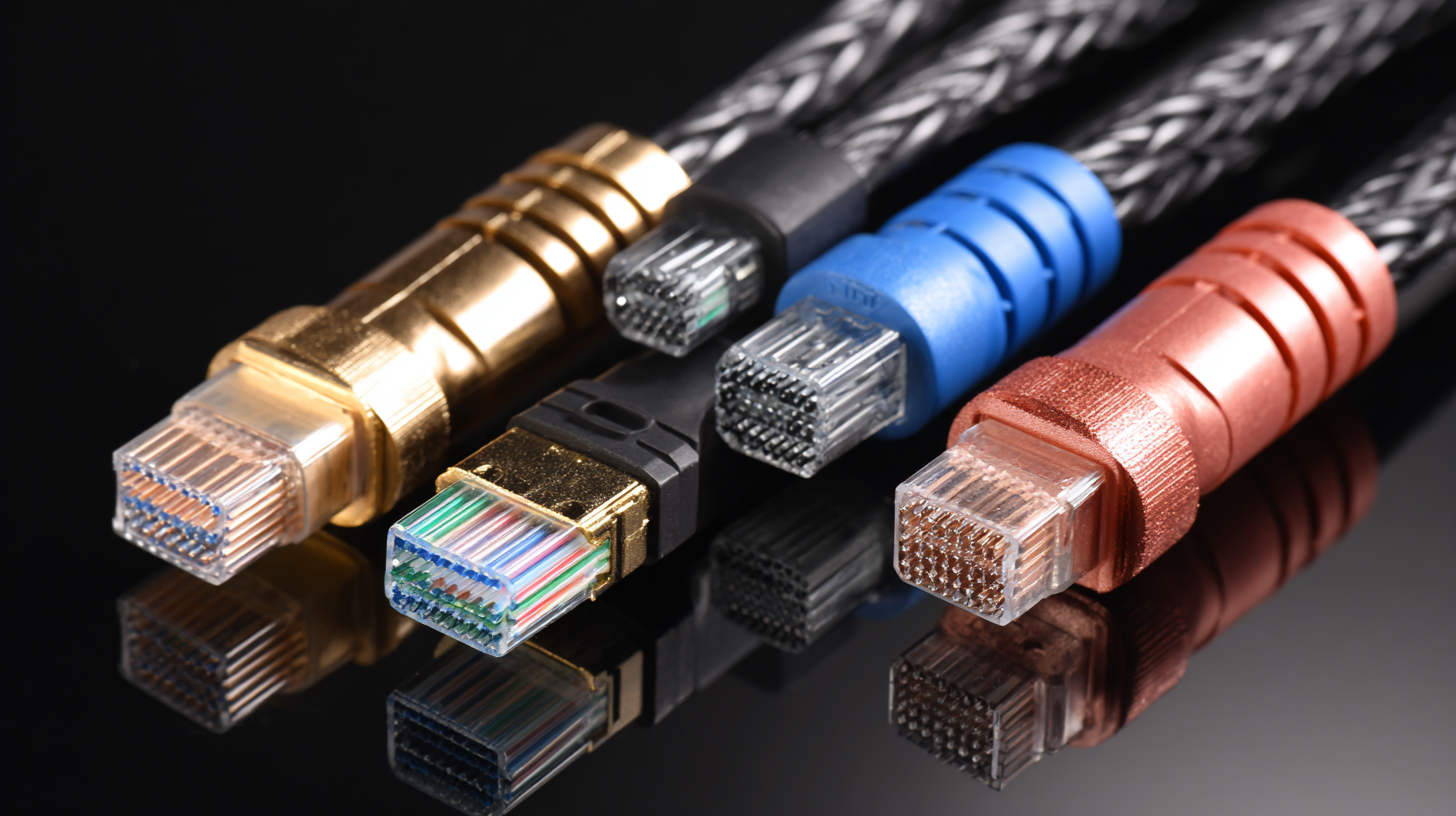Industries
Get direct access to our extensive portfolio of optical products and specialist technical expertise.
Get direct access to our extensive portfolio of optical products and specialist technical expertise.
In today’s digitally-driven world, the efficiency of your network can significantly impact everything from streaming quality to online gaming performance. One crucial component that can enhance your networking capabilities is optical cables. Unlike traditional copper cables, optical cables utilize light to transmit data, providing faster speeds and greater bandwidth over longer distances. However, with various types of optical cables available, choosing the right one for your specific needs can be challenging. Understanding the distinct characteristics and applications of each type of optical cable is essential for optimizing your network setup. This guide aims to clarify the types of optical cables available, helping you make an informed decision to meet your networking demands effectively.

When it comes to networking, understanding the types of optical cables available is crucial. Optical cables, primarily categorized into single-mode and multi-mode fibers, offer distinct advantages depending on your networking needs.
 Single-mode fibers have a narrower core, allowing for long-distance data transmission with minimal signal loss. They're ideal for telecom applications and long-haul data center connections, ensuring high speeds over vast distances.
Single-mode fibers have a narrower core, allowing for long-distance data transmission with minimal signal loss. They're ideal for telecom applications and long-haul data center connections, ensuring high speeds over vast distances.
In contrast, multi-mode fibers feature a broader core, enabling multiple light paths to transmit data simultaneously. This makes them suitable for shorter distances, such as within buildings or campuses, where high bandwidth and cost-effectiveness are priorities. Additionally, it's essential to consider factors like cable construction—tight-buffered or loose-tube—as well as jacket materials, which can impact the cable's performance in different environments. By understanding these types, you can make an informed choice that aligns with your specific networking requirements.
When utilizing optical cables in network setups, several common issues can arise that may impact performance and security. One major concern is the potential for eavesdropping. Recent research has shown that hackers can exploit the vibrations caused by voice transmissions in optical fibers to listen in from distances as far as 800 meters. These vulnerabilities primarily stem from two methods: inserting external leads to tap into the optical signal and utilizing advanced analytical techniques to decode the information transmitted through the fibers.

Moreover, the rapid growth of the global optical fiber market, projected to expand from $8.96 billion in 2025 to $17.84 billion by 2032 at a compound annual growth rate (CAGR) of 10.3%, highlights the increasing reliance on high-bandwidth and low-loss fiber optics in telecommunications. As optical networking technology continues to advance, addressing these security issues becomes vital. Organizations must stay informed about the potential risks and adopt necessary precautions to safeguard their networks against unauthorized access, ensuring that their infrastructure can support the demand for high-capacity data transmission effectively.
When selecting optical cables for your networking needs, it is crucial to begin by understanding the specific requirements of your setup. Different applications may benefit from various types of optical cables, such as single-mode or multi-mode fibers. Single-mode fibers are ideal for long-distance transmissions due to their lower attenuation and higher bandwidth capabilities, which makes them perfect for communication networks spanning large areas. On the other hand, multi-mode fibers are more suited for shorter distances and are commonly used within buildings or campuses, where high data rates are needed over relatively short runs.
Consider the environment in which the optical cable will be installed as well. For indoor applications, standard multimode cables may suffice, but for outdoor installations, weather-resistant cables with protective sheathing are essential to prevent damage from environmental factors. Additionally, be sure to evaluate the necessary bandwidth requirements—if you anticipate growth in your networking capabilities, investing in high-capacity cables now can save you from needing to upgrade your system prematurely. Identifying these factors will steer you toward selecting the right optical cable that meets your needs effectively and efficiently.
This chart illustrates the comparison of different types of optical cables based on their bandwidth capacity (measured in Gbps). The data shows how Single-Mode Fiber (SMF), Multi-Mode Fiber (MMF), and Plastic Optical Fiber (POF) vary in performance, which can help you make an informed decision when selecting the right optical cable for your networking needs.
When working with optical cables, encountering issues can be frustrating. One common problem is signal loss, often due to improper installation or bending of the cables. Ensure that the cables are not excessively bent or twisted during setup, as this can lead to attenuation of the signal. Additionally, regularly inspect connections for cleanliness; dust or contaminants can significantly degrade signal quality. Using fiber optic cleaning kits can help maintain optimal performance.
Another frequent issue is cable compatibility. Different types of optical cables, such as single-mode and multi-mode fibers, cater to distinct networking requirements. Before troubleshooting, verify that the cable type matches your networking equipment specifications. In cases where the connection still falters, consider testing with a different cable to rule out faults in the current one. Employing a visual fault locator can also assist in diagnosing breaks or failures within the fiber cable. By following these tips, you can effectively address and resolve optical cable problems, ensuring a stable and reliable network.
| Cable Type | Core Material | Bandwidth (Gbps) | Distance (m) | Common Issues | Troubleshooting Tips |
|---|---|---|---|---|---|
| Single-Mode Fiber | Glass | 100 | 80 | Signal loss | Check for bends or kinks |
| Multi-Mode Fiber | Glass | 10 | 300 | Interference | Use proper connectors |
| Active Optical Cable | Copper/Glass | 40 | 100 | Overheating | Ensure proper ventilation |
| Optical Transceiver | Glass | 25 | 10 | Connection Issues | Verify compatibility with devices |
| TOSLINK Cable | Plastic | 24 | 50 | Poor audio quality | Check connections and replace if needed |
When upgrading your optical networking infrastructure, several factors must be considered to ensure the optimal performance of your system. The optical interconnect market is projected to grow significantly, driven by the increasing demand for high-speed data transmission. According to industry reports, the market for optical transceivers alone is expected to reach USD 16 billion by 2032, fueled by the growing need for bandwidth in applications ranging from long-haul communications to data center connectivity.
One critical component to evaluate is the type of optical cables required for specific applications. For instance, the demand for submarine fiber optic cables has surged as countries vie for strategic advantages in global connectivity. As these cables serve as vital infrastructures for transmitting vast amounts of internet traffic, understanding the market dynamics becomes crucial. The subsea cable segment is one of the fastest-growing, reflecting a larger trend where traditional telecommunications players and new entrants are competing for dominance in this vital area.
Additionally, the choice of connectors and optical engines plays a significant role in optimizing network performance. The market for optical components, including cable assemblies and optical transceivers, is expected to see robust growth, influenced by the shift towards 5G and cloud computing services. As organizations transition to advanced optical networking solutions, careful consideration of these components will be essential to meet the technological demands and achieve future-proof infrastructure.